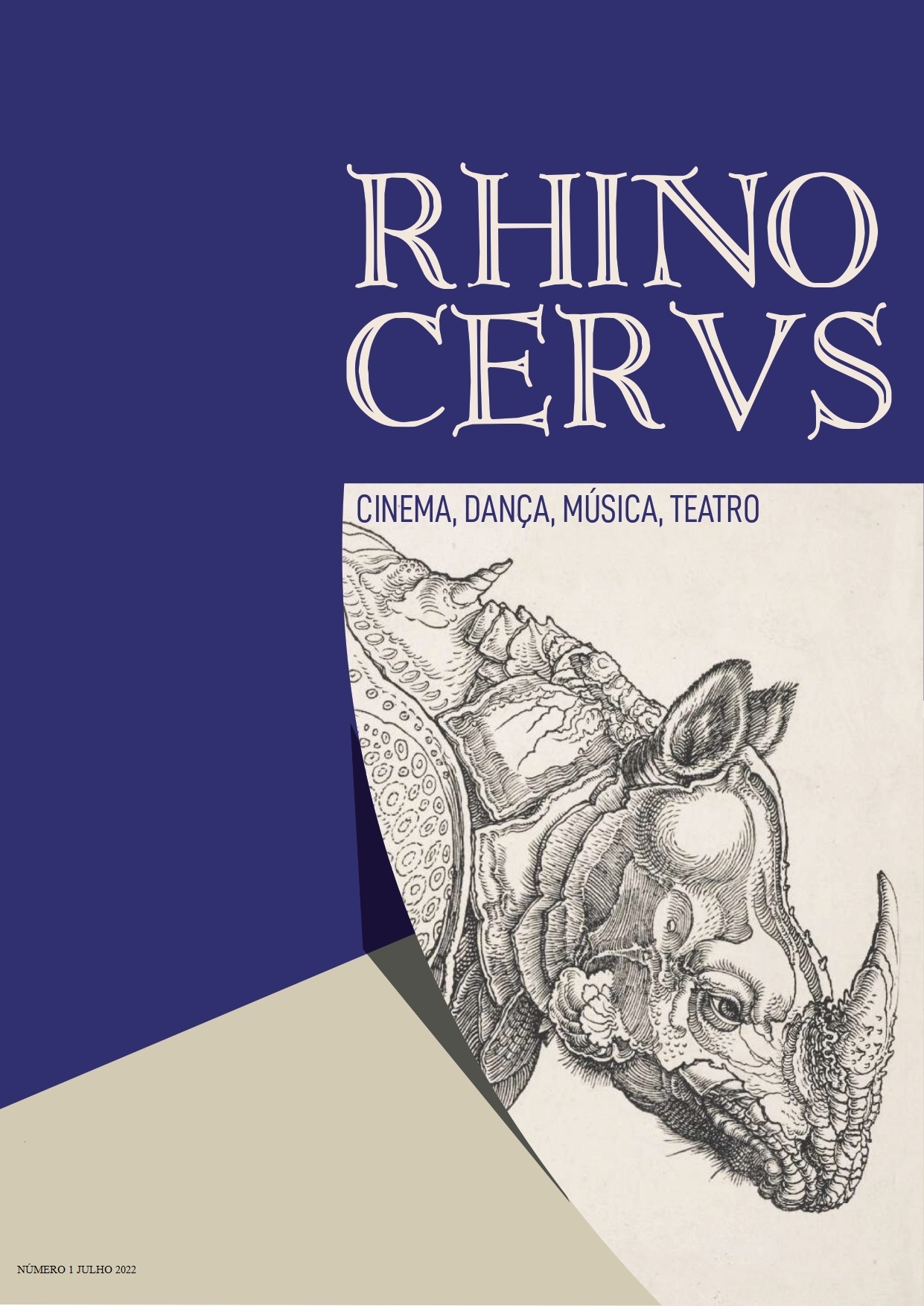Dance and democracy
DOI:
https://doi.org/10.34629/rcdmt.vol.1.n.1.pp65-75Keywords:
Democracy, Art, Market, ArtisticAbstract
What kind of connection is this between art and democracy? Throughout the article, some points are enunciated that try to elucidate ways of linking art and democracy. Knowing that the term, democracy, itself must be thought of in its origin and in its formalizations in art over time, the challenge in contemporary times is to dismantle systems where democracy is masked. Everything that involves the logic of the market where art is found, translates systems of consensus that, as Rancière points out, suppresses politics, whereas politics for the philosopher is dissense. Dissense or a fundamental deviation that also deserves to be analyzed as an opposition to consensus in arte and art as a market object. The artistic, like the political or the aesthetic, becomes the necessary object to think about art through art, that is, independently of the state in which it is.
Downloads
References
Barros, Né. 2009. Da Materialidade na Dança. Porto: Centro de Estudos Arnaldo Araújo.
Misler, Nicoletta. 1999. In Principio Era Il Corpo…: L’Arte Del Movimento a Mosca Negli Anni ‘20. Catalogo Della Mostra Tenuta a Roma Nel 1999. Milano: Electa.
Perniola, Mario. 2000. “Il Fascino Discreto Delle Merci.” Ágalma: Rivista Di Studi Culturali e Di Estetica 1.
_________. 2012. “Presa Direta. Estetica e Politica. Da Nietzsche a Breivik.” Ágalma: Rivista Di Studi Culturali e Di Estetica 24.
Rancière, Jacques. 2010. Dissensus: On Politics and Aesthetics. Edited and Translated by Steven Corcoran. New York: Continuum International Publishing Group.
Serres, Michel. 1985. “Il Balletto d’Alba.” Alfabeta 78.
Downloads
Published
Issue
Section
License
Copyright (c) 2022 RHINOCERVS: Cinema, Dança, Música, Teatro

This work is licensed under a Creative Commons Attribution-NonCommercial 4.0 International License.
Articles published or submitted to RHINOCERVS: Cinema, Dança, Música, Teatro are licensed according to Creative Commons Attribution License (CC BY-NC 4.0). Authors agree that:
Copyrights of all articles published are retained by authors with first publication copyright granted to the journal.
All articles are under the Creative Commons Attribution License recognizing the authorship of the publication and identifying that first publication took place in this journal.
Authors have the right to free distribute or make available in private or institutional pages the version published by RHINOCERVS: Cinema, Dança, Música, Teatro provided the original proper citation.
The journal only accepts articles not published previously (except in the form of an abstract or as part of academic thesis), that it is not under consideration for publication elsewhere. After published, the article cannot be published again partial or totally without the editorial board consent.





